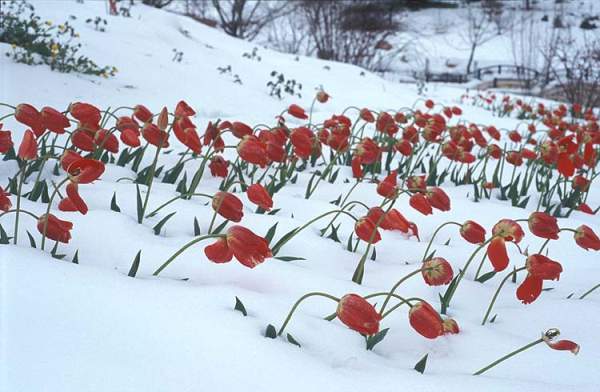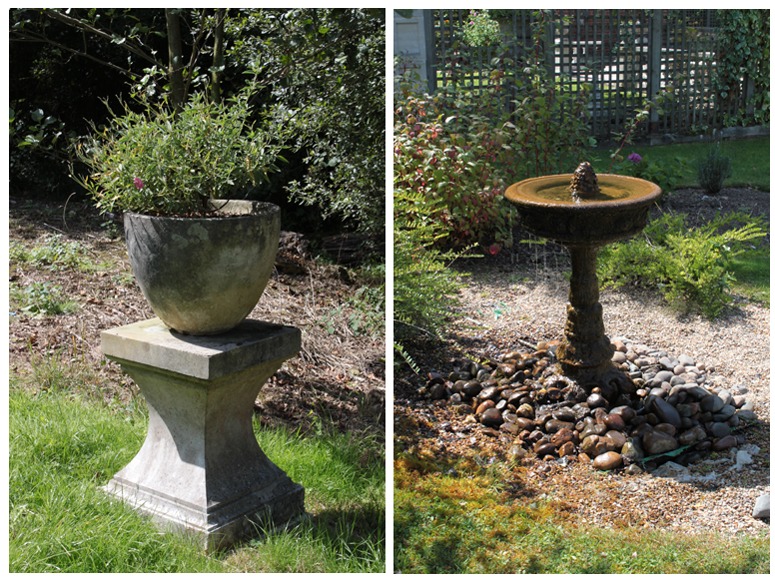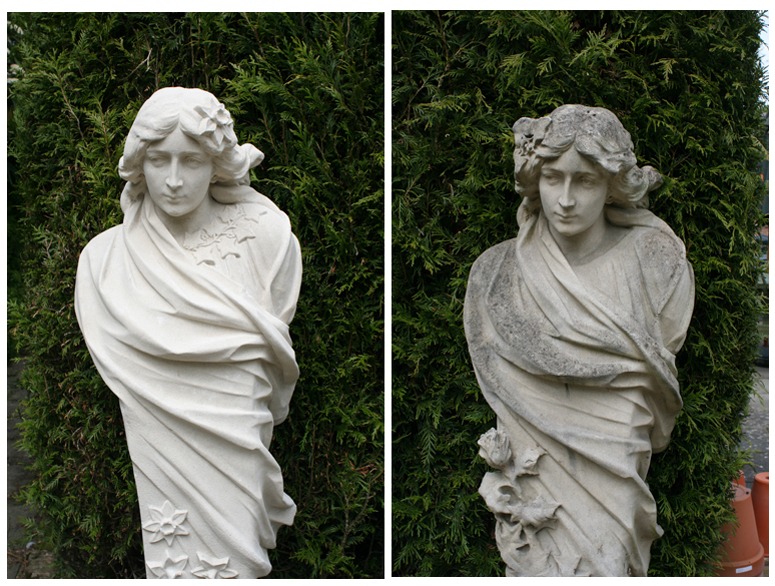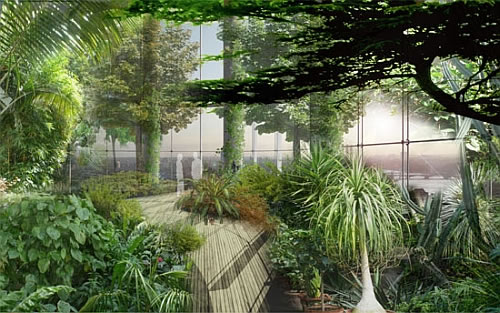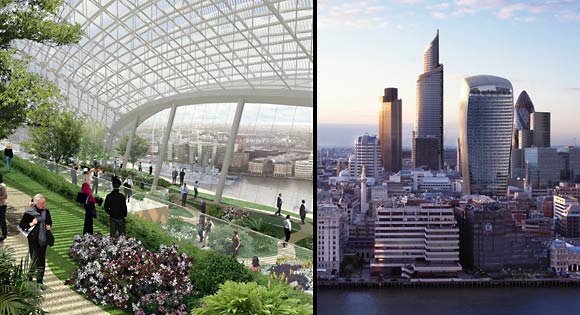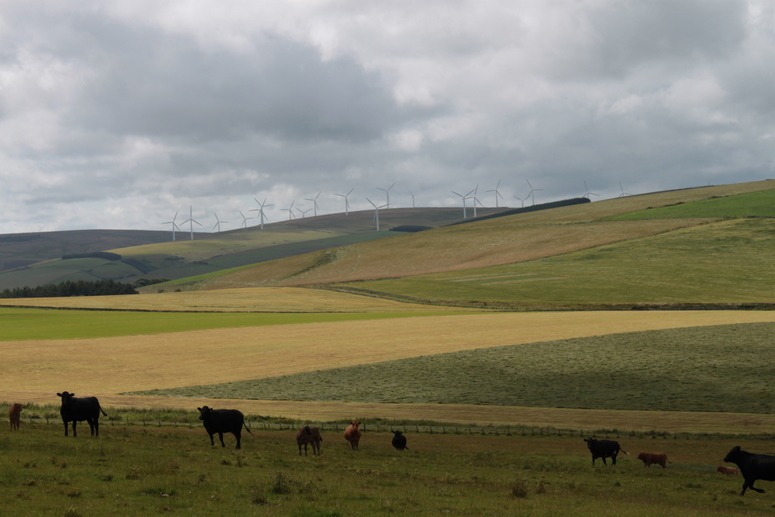The aesthetics and perfume of flowers have always attracted…however I know little about the cultivation of plants. [http://freshpalette.blogspot.com/2009/03/tulips.html] So I will indulge in some self-education in an attempt to at least improve my awareness and save myself from future embarrassment.
The results of my research:
1) Tulips are one of the earliest flowers to bud. Because they appear while there is still snow cover, spring flowering bulbs are used to varying temperatures and will grow in spurts. http://www.squidoo.com/tulip-flowers
2) The majority of tulips are not scented, but those that are scented have caused unexpected delight. http://www.finegardening.com/plants/articles/sweetly-scented-tulips.aspx
3) Variegation in tulips are cause by a fungal infection! http://science.howstuffworks.com/flowering-plants/tulip-info.htm
5) Successful planting is like dance choreography! http://www.bulb.com/templates/dispatcher.asp?page_id=21651
6) Tulip fields make striking environmental art! Perhaps even offer the perfect opportunity to propose…. http://www.environmentalgraffiti.com/featured/tulip-fields-modern-art/12899
7) The first tulip festival was said to have taken place in Turkey during full moon with guests dressed in colours to harmonise with the flowers. http://www.finegardening.com/plants/articles/sweetly-scented-tulips.aspx
8) Tulips grow in the alpine region of Kyrgyzstan. http://www.advantour.com/kyrgyzstan/flora-fauna.htm

